- Tennis Elbow Surgery
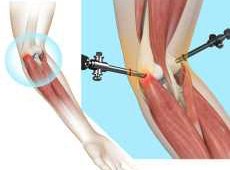
Tennis elbow is a common name for the elbow condition lateral epicondylitis. It is an overuse injury that causes inflammation and microtears of the tendons that attach to the lateral epicondyle.
Know More - Golfer's Elbow Surgery
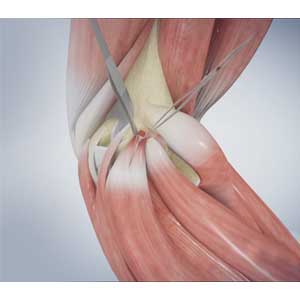
Golfer’s elbow is a condition associated with pain on the inside of the elbow where tendons of your forearm attach to the bony prominence (medial epicondyle). It is also called medial epicondylitis and is caused by injury or irritation to the tendons which can become painful and swollen.
Know More - Elbow Tendon and Ligament Repair
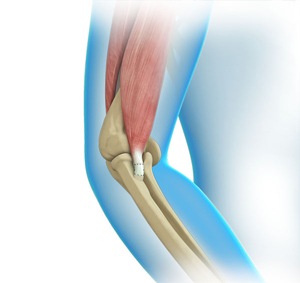
The elbow joint is supported by the ulnar collateral ligament, radial collateral ligament, and the annular ligament. These ligaments provide stability and strength to the elbow joint.
Know More - Cubital Tunnel Release (Medial Epicondylectomy)
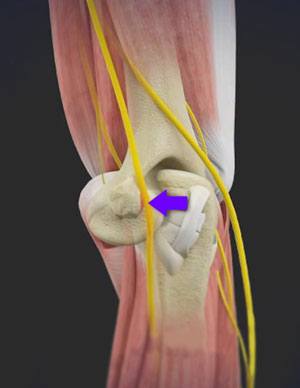
Cubital tunnel syndrome is a condition characterized by compression of the ulnar nerve in an area of the elbow called the cubital tunnel. The ulnar nerve travels down the back of the elbow behind the bony bump called the medial epicondyle, and through a passageway called the cubital tunnel.
Know More - Revision Elbow Replacement

Revision elbow replacement is a surgery performed to replace a loose or worn out initial elbow replacement. Typically, cemented semi-constrained prostheses are used for revision elbow replacement.
Know More - Open Elbow Surgery

Open elbow surgery is an operative procedure performed to treat certain conditions of your elbow through a large, open cut (incision) in the skin using a scalpel.
Know More - Malunion Surgery (Elbow)

Malunion, also known as crooked healing, is the failure of a fractured bone to rejoin properly due to poor alignment of the fracture fragments. The condition results in abnormality and deformity of the bone (bent or twisted bone).
Know More - Distal Biceps Repair
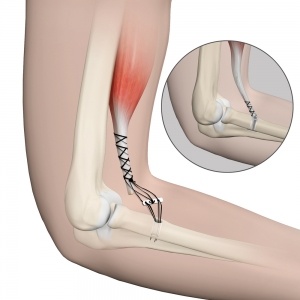
The biceps is a large muscle located in the front of your upper arm and runs from the shoulder to the elbow joint. It is attached to the bones of the shoulder and elbow by tendons. The distal biceps is the area where the biceps is attached to the forearm bone in the elbow.
Know More - Ulnar Nerve Release
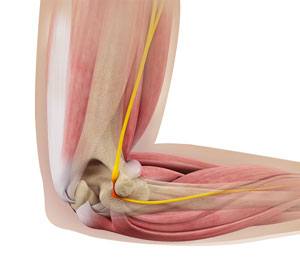
Ulnar nerve release, also known as ulnar nerve decompression, is a surgical procedure to treat a medical condition called ulnar nerve entrapment.
Know More

